Scientific name: Plecotus auritus
Wingspan: 23-28cm
Diet: moths, earwigs, flies, spiders and beetles
Predators: birds of prey and domestic cats
Roosts: trees, attics and old buildings

Content manager, botanist and tree lover
Head into your garden at dusk and you might be lucky enough to see a bat or two flitting about on the hunt for insects. There are 18 species of bat in the UK, from the tiny pipistrelle to the chunky noctule. Here are the most likely bats you'll spot from your garden and how to help them out with a few biodiversity-boosting gardening tips.
Scientific name: Plecotus auritus
Wingspan: 23-28cm
Diet: moths, earwigs, flies, spiders and beetles
Predators: birds of prey and domestic cats
Roosts: trees, attics and old buildings
Medium-sized bat about 8cm in length including ears (which are almost as long as body). Light grey-brown fur and a pale underside. They can swoop very low to the ground and might even land to eat large prey.
The best time to see a brown long-eared bat is after sunset, when they leave their roosts to hunt. They usually follow linear features and tend to fly more slowly than other bat species.
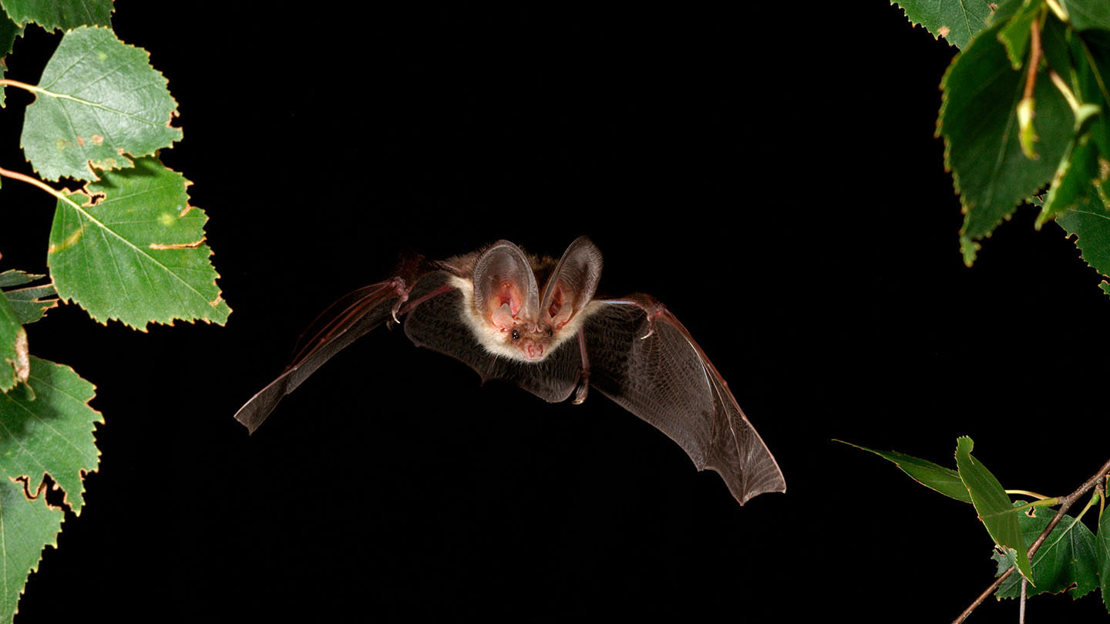
Scientific name: Pipistrellus pipistrellus
Wingspan: up to 20cm
Habitat: woodland, farmland, grassland, urban areas
Diet: invertebrates
Predators: birds of prey and domestic cats
Roosts: buildings, tree holes, often in small groups
Small with brown fur and black wings and face. It weighs no more than a pound coin.
It's the second most numerous bat species in the UK after the soprano pipistrelle, so you're likely to see it from your garden. It also frequents rivers, ponds, lakes and ditches using woodland edges to navigate.
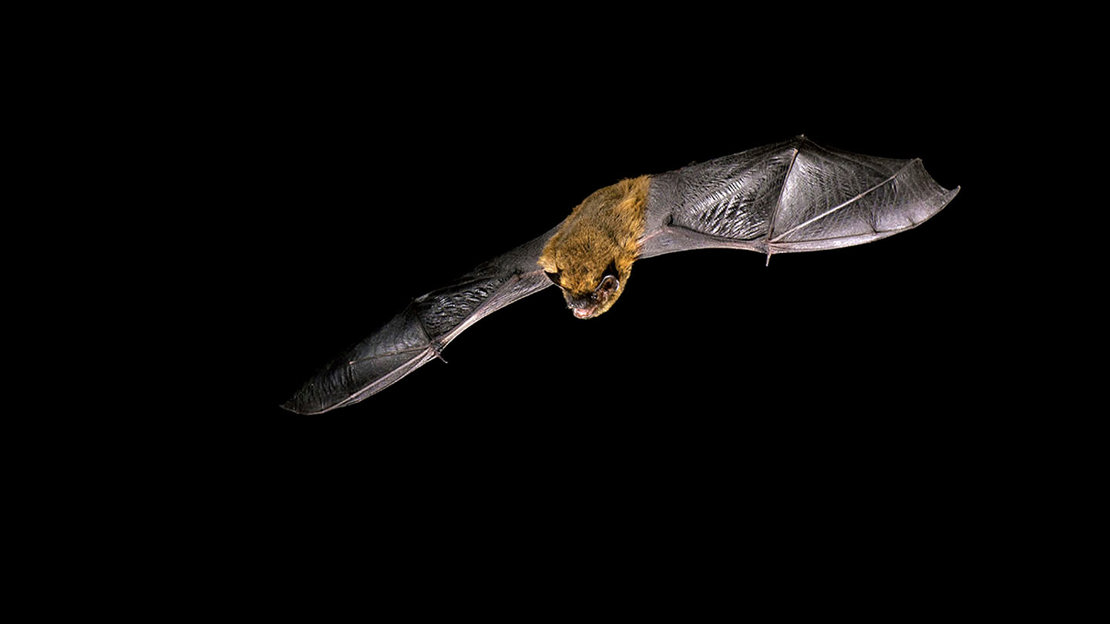
Scientific name: Myotis daubentonii
Wingspan: 24-27cm
Habitat: woodland and grassland close to fresh water
Diet: invertebrates
Predators: birds of prey and domestic cats
Roosts: close to water, under bridges, inside mines and caves or tree holes
Brown fur, black wings and a pink face. Their undersides are a pale, silvery colour. They have a wingspan of around 25cm.
Can be spotted in woodland and grassland where there's fresh water nearby for hunting. If you're close to a body of water, watch at dusk and you may see them swooping down in search of prey.
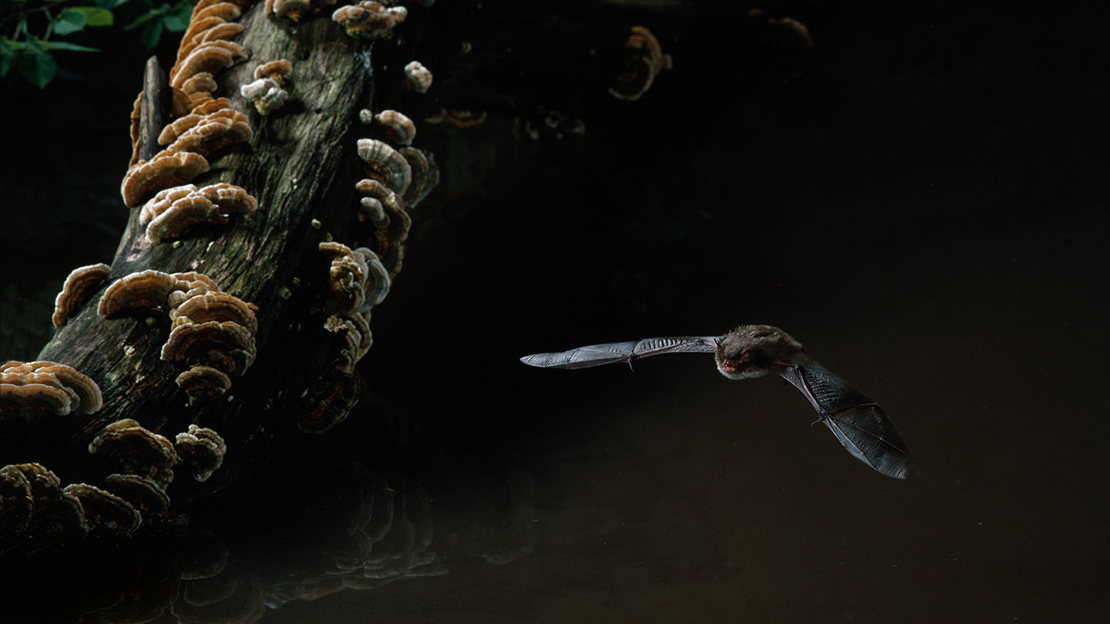
Scientific name: Nyctalus noctula
Wingspan: 32-40cm
Habitat: woodland
Diet: beetles, midges, moths, winged ants
Predators: hawks, owls
Roosts: rot and woodpecker holes in trees
Britain's largest bat, the noctule has golden-brown fur with a darker brown face and wings. Its small, rounded ears are dark brown.
They are tree dwellers, so you've a better chance of spotting them if you're close to woodland, just before dark. They are high flyers, flying above the tree canopy, so keep your eyes to the sky. They produce loud, high-pitched chirping calls that can be heard by some adults and children.
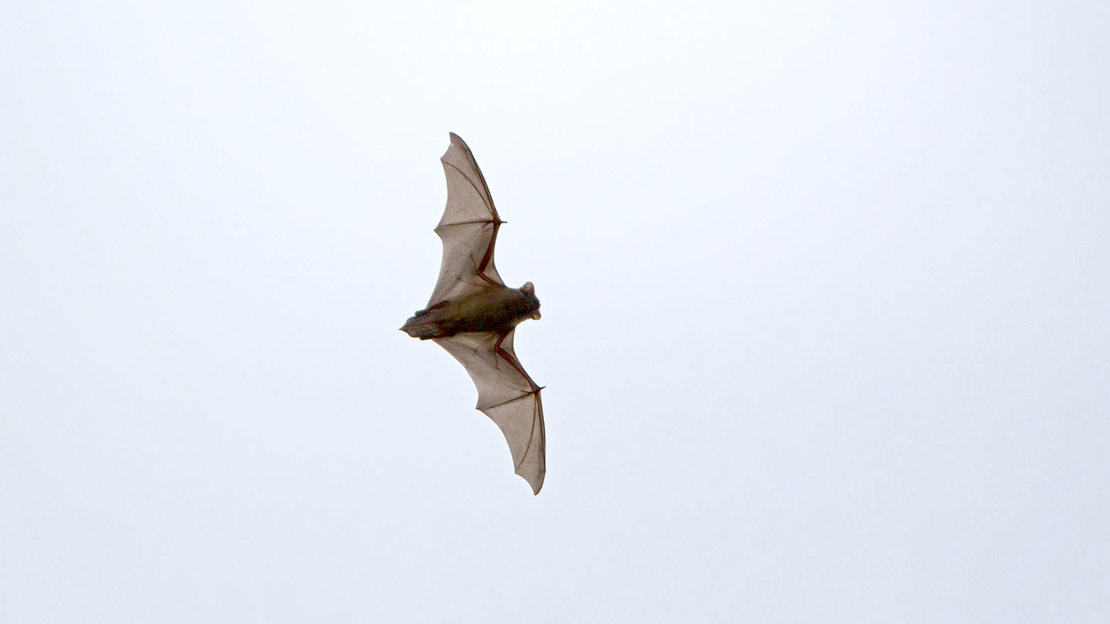
Scientific name: Eptesicus serotinus
Wingspan: 32-38cm
Habitat: woodland, hedgerows, parkland, pastures
Diet: flies, moths, beetles
Predators: birds of prey
Roosts: buildings, old churches
Another large UK bat, serotines have dark brown fur and a dark brown or black face, wings and ears. The underside is a paler yellow-brown and the ears are large and pointed.
Less common species of southern England and Wales. They are one of the first bats to take to the wing as night begins to fall. Listen for the squeaking sound it makes just before emerging at dusk to hunt. They fly at a height of around 10m around tree tops and lamp posts searching for prey.
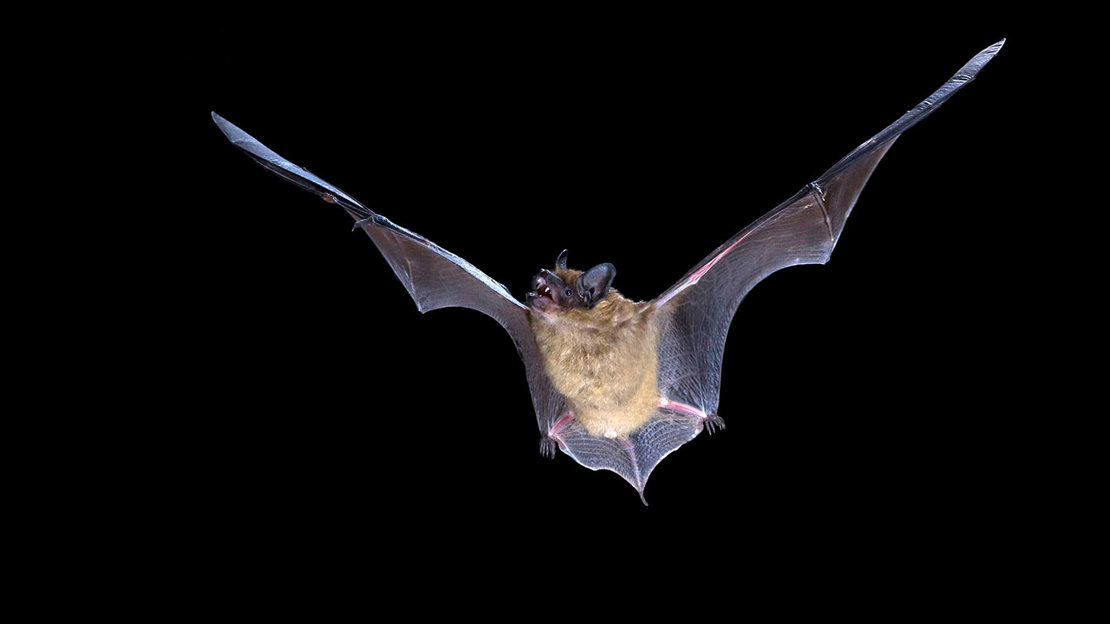
Scientific name: Pipistrellus pygmaeus
Wingspan: 19-23cm
Habitat: woodland, parks and gardens
Diet: flies, moths, midges, mosquitos
Predators: birds of prey and domestic cats
Origin: native
Roosts: buildings, tree holes
Small bat with brown fur, black wings and a black face. Almost identical to common pipistrelle, but the soprano is slightly smaller.
Keep an eye out for this species near woodland and urban parks and gardens, especially if close to water where they like to hunt. As with all bats, the best chance of seeing them is around sunset.
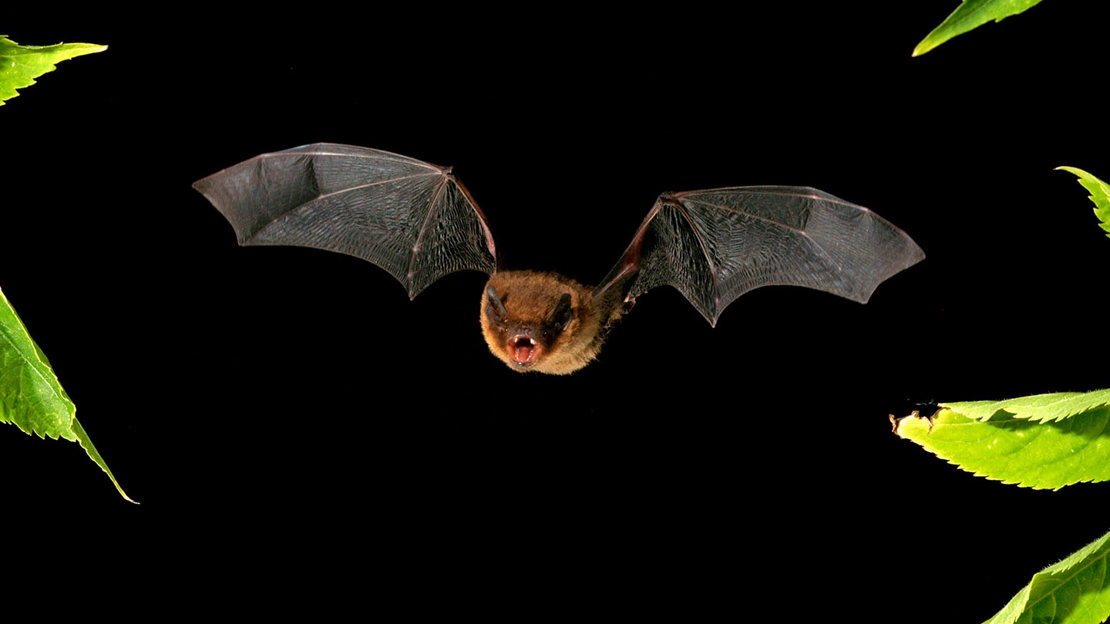
The loss of old buildings, woodland and ancient trees have led to a decline in their habitat. And because they rely on woods and hedgerows to navigate, bats are often left lost and disorientated when landscapes are flattened for development or agriculture.
Bats need our help, and if you've got a garden there are simple steps you can take to support them. From attracting insects to providing roosting spots and navigational aids, here's our advice on how to make your garden bat-friendly.
Bats and trees go together. From their food source, to navigation and shelter, bats have evolved to rely on trees and they use different parts depending on the temperature and season. They use features like rot holes, crevices, loose bark and even the canopy for roosting and hibernation.
If you have space, plant a tree or two in your garden. Oak, beech and ash are really useful to bats, but any native tree has potential for a roost – especially as it develops cavities, woodpecker holes, loose bark, cracks, splits and a covering of ivy.
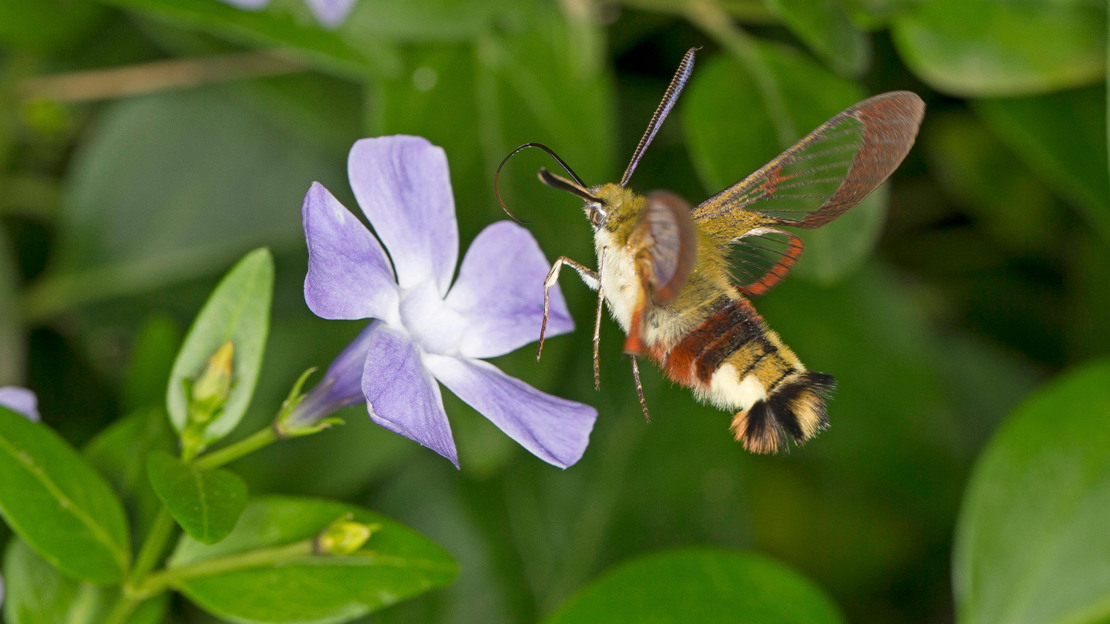
Help support pretty pollinating insects like butterflies and moths with garden trees rich in nectar and leafy forage.
Buy trees